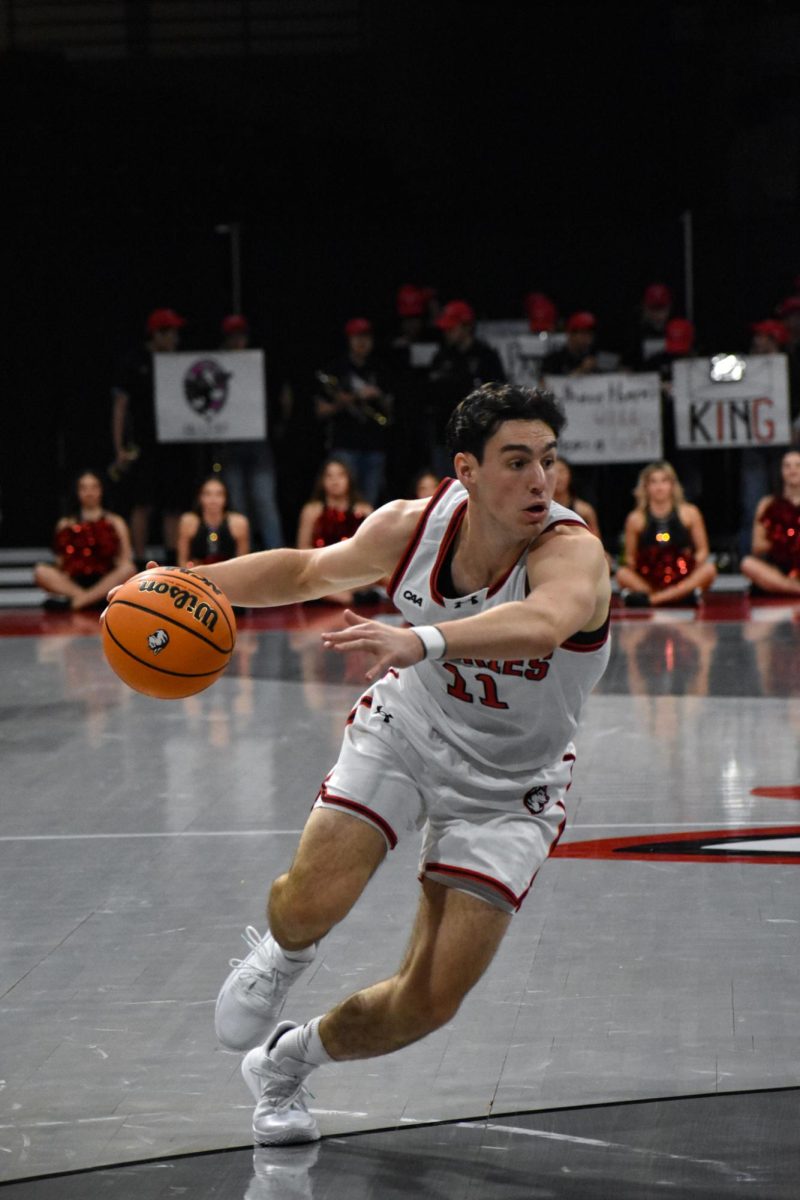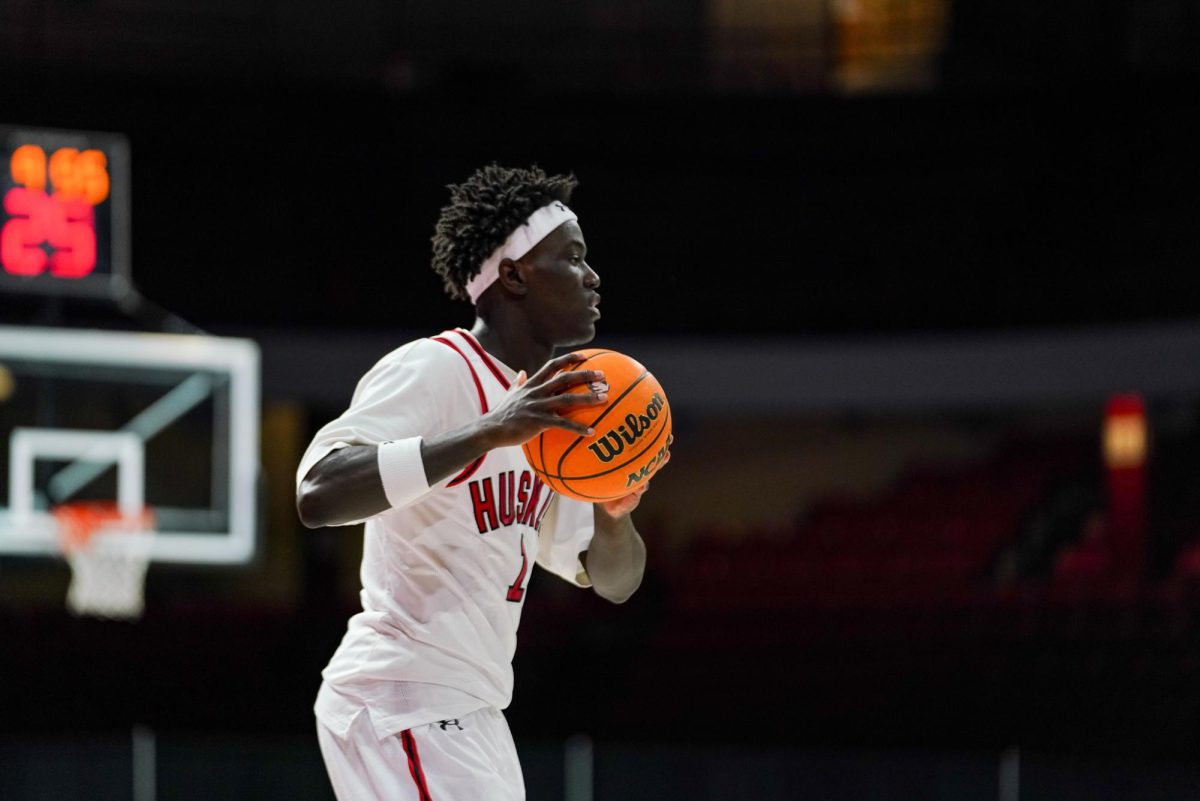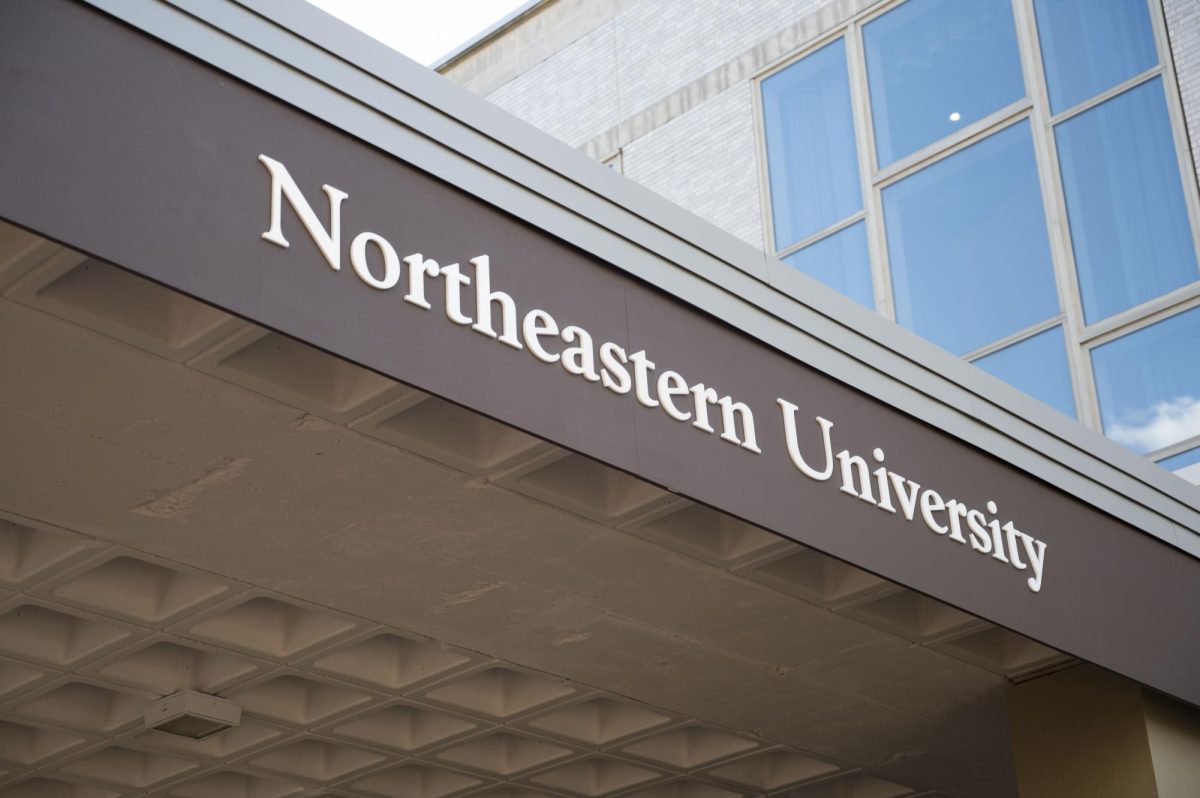 By Meghan Davis, News Correspondent
By Meghan Davis, News Correspondent
For students on a budget, finding new clothes for a co-op position can be a hassle. From interviews to the workplace, students want to make a positive impression on their employers and may find themselves wondering if their outfit is appropriate.
While research positions may be more lenient with wardrobe choices, employers at office jobs often expect students to dress in business casual ensembles.
“I think it’s tough, because if you’re in research they tend to not care so much,” Madeline Wrable, a junior physics and philosophy double major, said. “You have a lab coat and you want to make sure you don’t ruin your clothes. You want to be comfortable, but still stylish.”
Sarah Silverstein, a freshman communication studies major, is a writer for the online fashion blog College Fashion, www.collegefashion.net. She suggested students looking to save on basics explore less expensive stores like H&M as well as pricier options like J. Crew, which offers a 15 percent discount to students with a school ID.
“Don’t be afraid to go into nicer stores because they often have good deals,” Silverstein said. “Remember to sign up for mailing lists, too.”
Men might consider specialty shops like Frank’s Custom Tailoring at 58 Winter St., which offers free alterations with the purchase of any suit.
Co-ops that require more formal attire might have students looking for business casual pieces to round out their wardrobe. Women should consider investing in basics that can be worn many different ways in order to get the most use out of their purchases.
“I try to have a pencil skirt or just a nice dress, sometimes with a belt to define [my] waist,” said Andrea Cohen, a junior business major. “Then I have nice slacks, sometimes with sweaters or blouses depending on the time of year. But definitely a mix of both – I like to change it up.”
Popular choices for men include slacks, short or long-sleeved button-up shirts and comfortable leather shoes. Men could also invest in a suit for more formal workplace environments.
Phillip Turner, a middler finance and accounting double major, said the dress code at his last job was business casual.
“My co-op was in California, so I could wear short sleeve [button-up shirts] because it was warmer,” Turner said.
Students looking for inexpensive choices should look to department stores where lower prices don’t necessarily mean lesser quality.
“TJ Maxx and Marshalls are great because [the clothing] comes from so many brands,” Cohen said. “I feel like you can really find something good if you dig hard enough.”
Big retailers like Kohl’s, Macy’s and Target also offer a large selection of business casual clothing at a range of prices to fit most budgets.
Second-hand shops are another option for students hoping to look stylish and save money. Goodwill and Salvation Army stores are often inexpensive, though the quality and type of items varies. Stores like Second Time Around and Buffalo Exchange are pricier alternatives but only stock gently used items, simplifying the search for work-appropriate clothing.
But buyers should ensure low prices do not spur impulse buys.
“I explored second-hand, but then I realized that out of 10 things I actually bought there was maybe only one thing I continued to wear,” Wrable said. She said she felt she was more likely to buy items at thrift shops that weren’t as versatile as other pieces she owned.
For those looking to be more creative with their outfits, Silverstein suggested students start out with more subdued clothing for the first few days of work in order to get a feel for what type of clothing is appropriate.
“As time progresses you could add a funky watch or a cool necklace,” she said. “You can branch out as you get more comfortable with the environment.”









